Adaptive Lenses: The Future of Customizable Vision Correction
The world of vision correction has come a long way since the invention of glasses and contact lenses. Over the years, advancements in technology have allowed for more precise and customizable methods of correcting vision. One such innovation that holds tremendous promise is the development of adaptive lenses.
Adaptive lenses, also known as electronic or smart lenses, are designed to provide dynamic vision correction. Unlike traditional lenses that have a fixed prescription, adaptive lenses can change their focal point to accommodate varying visual needs. This revolutionary technology holds the potential to transform the lives of millions of people who rely on prescription eyewear.
The concept behind adaptive lenses is to mimic the natural function of the human eye. Our eyes have the ability to focus on objects at varying distances through the flexing and bending of the lens inside the eye. Adaptive lenses aim to replicate this process by using electronic sensors and liquid crystal technology.
One of the most promising areas of development in adaptive lenses is the use of liquid crystal technology. Liquid crystals are materials that can change their light-transmitting properties when exposed to electric currents. By embedding liquid crystal layers in the lens, adaptive lenses can alter their refractive index, allowing for different degrees of vision correction.
Furthermore, adaptive lenses can be seamlessly integrated with electronic sensors that detect changes in the wearer’s visual needs. These sensors can detect the distance at which the wearer is focusing, and accordingly adjust the lens to provide the necessary correction. This dynamic vision correction ensures that the wearer has optimal vision at all times, regardless of whether they are looking at objects up close or at a distance.
The potential applications of adaptive lenses are vast. For individuals with presbyopia, a condition that affects near vision in middle-aged and older adults, adaptive lenses could provide the perfect solution. Currently, those with presbyopia often need multiple pairs of glasses for different distances or rely on multifocal lenses. With adaptive lenses, they would no longer need to constantly change their eyewear or compromise on visual quality.
Moreover, adaptive lenses have the potential to transform the field of virtual and augmented reality. By integrating these lenses into VR or AR headsets, users can experience a fully immersive and crystal-clear visual experience. The adaptive nature of these lenses would allow for precise vision correction, eliminating the need for wearers to wear prescription glasses or contact lenses underneath these devices.
It is important to note that while adaptive lenses hold tremendous promise, there are still challenges to overcome. The technology needs to become more compact, affordable, and energy-efficient to be viable for widespread use. Researchers are working diligently to address these obstacles and improve the overall efficiency and performance of adaptive lenses.
In conclusion, adaptive lenses present a glimpse into the future of customizable vision correction. With their ability to dynamically adjust to varying visual needs, these lenses have the potential to revolutionize the way we correct our vision. As further advancements are made, adaptive lenses could become the go-to solution for individuals seeking a more convenient and personalized approach to vision correction.
